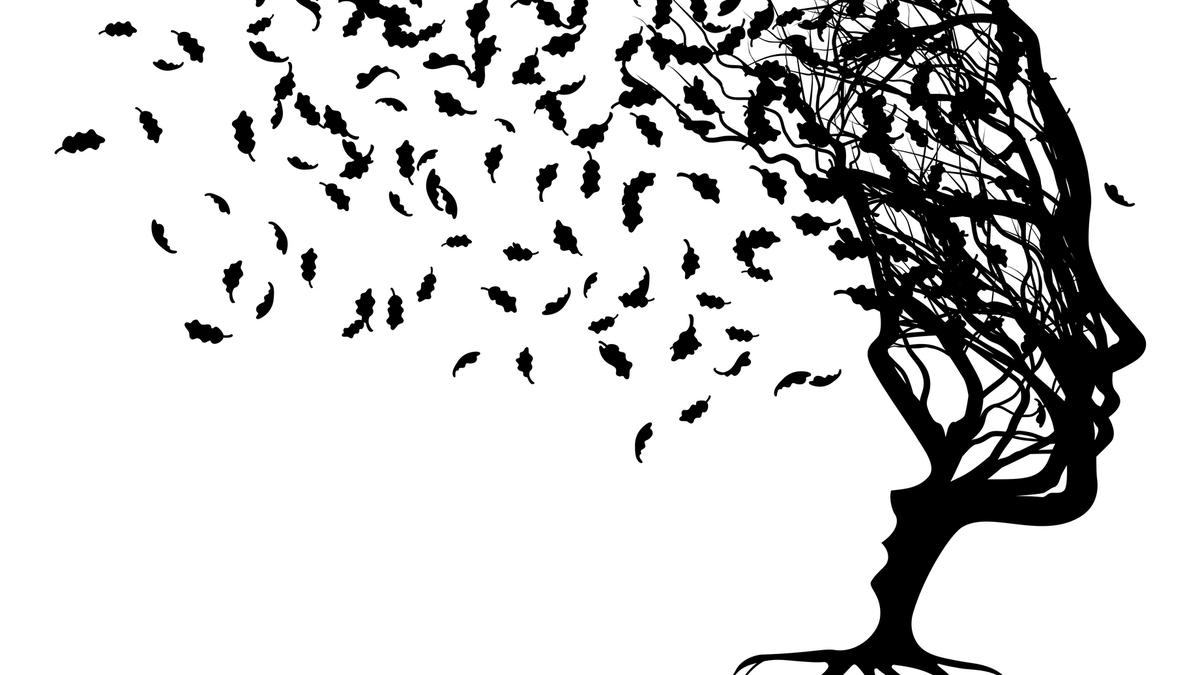What drives a woman — often seen as the nurturer — to commit the ultimate act of violence against her partner? This unsettling question bothered me after finding various incidents of women murdering their husbands, over a month. These stories are not just fodder for sensationalist media; they reflect deeper undercurrents of emotional conflict, social strain, and psychological complexity. India has traditionally viewed women through the lens of sacrifice and patience upholding them as caregivers, protectors of family honour, and emotional anchors. Yet, when a woman transgresses this image by not just leaving a marriage but ending it violently, it disrupts more than just the life of a victim. It shakes cultural assumptions, legal structures, and even the collective moral compass of society. As we try to make sense of this rare but rising pattern, it becomes important to look beyond surface-level motives like “extramarital affair” or “greed”. What lies beneath is a web of psychological vulnerability, societal pressures, and interpersonal breakdowns that are far more complex and far more urgent to understand.
To unfold why some women resort to murdering their spouses, we must look beyond acts of crime and into patterns of emotional fracture. These are not always premeditated acts of evil, but often the explosive outcomes of years of psychological strain, identity conflict, and suppressed desperation. One key concept is the frustration-aggression hypothesis, the idea that sustained emotional deprivation or perceived betrayal can result in displaced aggression. In many such cases, the woman may have felt trapped in a loveless or abusive marriage, silenced by societal expectations and stigma around divorce. The lover, in this scenario, becomes both an emotional escape and an imagined route to freedom. When the husband becomes an obstacle to that imagined life, the fantasy turns violent.
Attachment theory also offers valuable insight. Women who grow up in emotionally unpredictable or neglectful environments may develop insecure attachment patterns. In adulthood, this can manifest as an intense fear of abandonment, over-idealisation of romantic partners, or extreme reactions to perceived rejection. The desire to preserve a new relationship, especially one that feels affirming may override moral boundaries. In some cases, traits aligned with borderline personality disorder or antisocial behavior may be present. These include emotional volatility, impulsivity, manipulativeness, and a lack of empathy. While it’s important not to pathologise all female offenders, psychological evaluations in certain cases have revealed patterns of disinhibition and deep-seated identity confusion.
Another factor is romantic obsession — a delusional belief that the extramarital partner is a “soulmate”, and that any obstacle (even a spouse) must be eliminated. This cognitive distortion often emerges when the individual is emotionally vulnerable, socially isolated, or reinforced by the co-offender. Most chillingly, many of these women appear “normal” to outsiders. But the crime exposes an inner world marked by disillusionment, rage, and unmet psychological needs. The domestic setting becomes a pressure cooker, and when the lid finally blows, the results are catastrophic.
While psychological distress forms the internal landscape of spousal murder cases, the social and cultural terrain surrounding these women often sets the stage. In the Indian context, these crimes cannot be separated from broader issues of gender inequality, power imbalances, and conflicting cultural expectations within intimate relationships. At the heart of many such cases lies the imbalance of power within traditional marriages. Husbands by virtue of economic control, patriarchal entitlement, or social position often wield disproportionate authority. When a woman feels stifled or emotionally violated in such a setting, a new relationship with a lover can represent more than just attraction; it becomes an imagined escape, a symbol of empowerment, and sometimes, a dangerous enabler.
Many of these cases are not simply about infatuation, but about shifting power dynamics. The lover often appears as a liberator, especially if the girl feels unheard or abused in her marriage. Society’s rigid gender roles also play a role. Girls are socialised to be submissive, to accept their fate in a patriarchal marriage, and to find identity through sacrifice. But a parallel narrative of “empowered womanhood” now exists, though often distorted. What is projected as liberation sometimes manifests as misunderstood modernity: a belief that breaking rules or rebelling against oppressive structures even violently is an assertion of strength. In reality, it reflects confusion, a lack of guidance, and the absence of healthy channels for agency. Importantly, this issue has little to do with feminism. Feminism advocates autonomy, dialogue, and justice — not covert murders or emotional manipulation. What we’re witnessing is not true empowerment, but its counterfeit version — a mistaken belief that freedom can be seized by destroying the other, rather than asserting the self.
As disturbing as these cases are, they offer us a mirror reflecting not just the breakdown of individual relationships, but the fractures within our larger social fabric. When women kill their husbands, the question should not stop at ‘how could she?’ but must extend to ‘what brought her to this point?’ The answer lies at the intersection of unaddressed emotional trauma, powerlessness, toxic relationships, societal stigma, and misguided ideas of love and liberation. This is not about condoning violence, nor about romanticising tragedy. It is about acknowledging that when relationships become cages, and when silence becomes the only survival strategy, the outcomes can be catastrophic. Justice must be served but so must understanding, if we hope to prevent such acts from recurring. We need better access to mental health care, more open conversations around abusive marriages, and legal frameworks that protect without punishing women who wish to leave unhappy homes. Equally, we must counter the distorted narratives of empowerment that equate rebellion with violence.
Published – July 20, 2025 03:34 am IST
